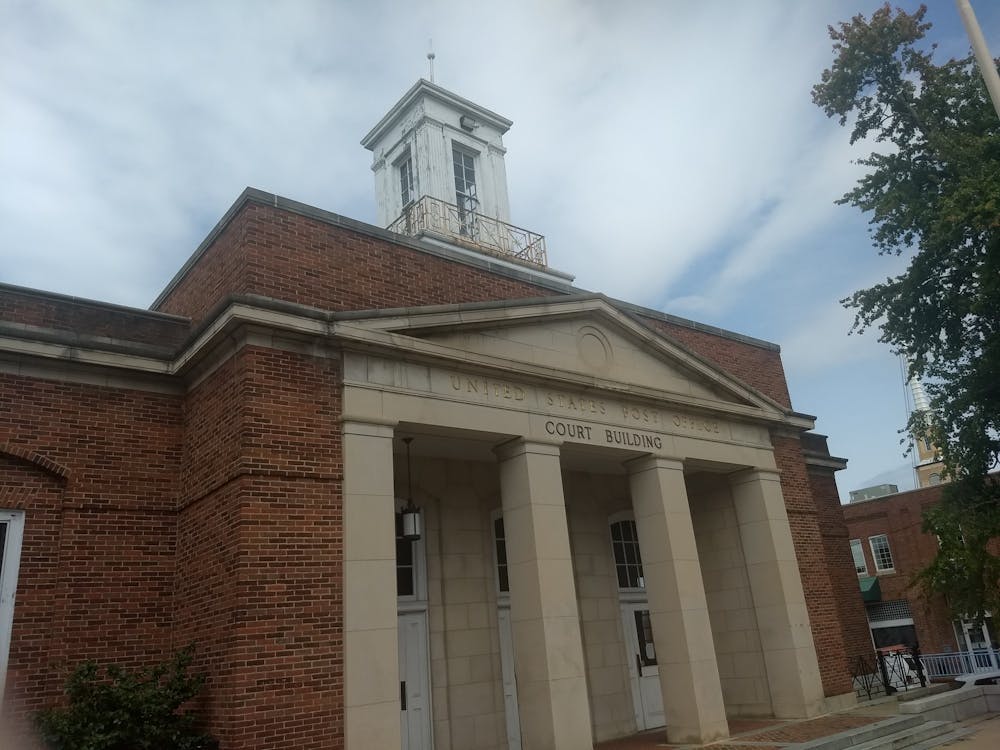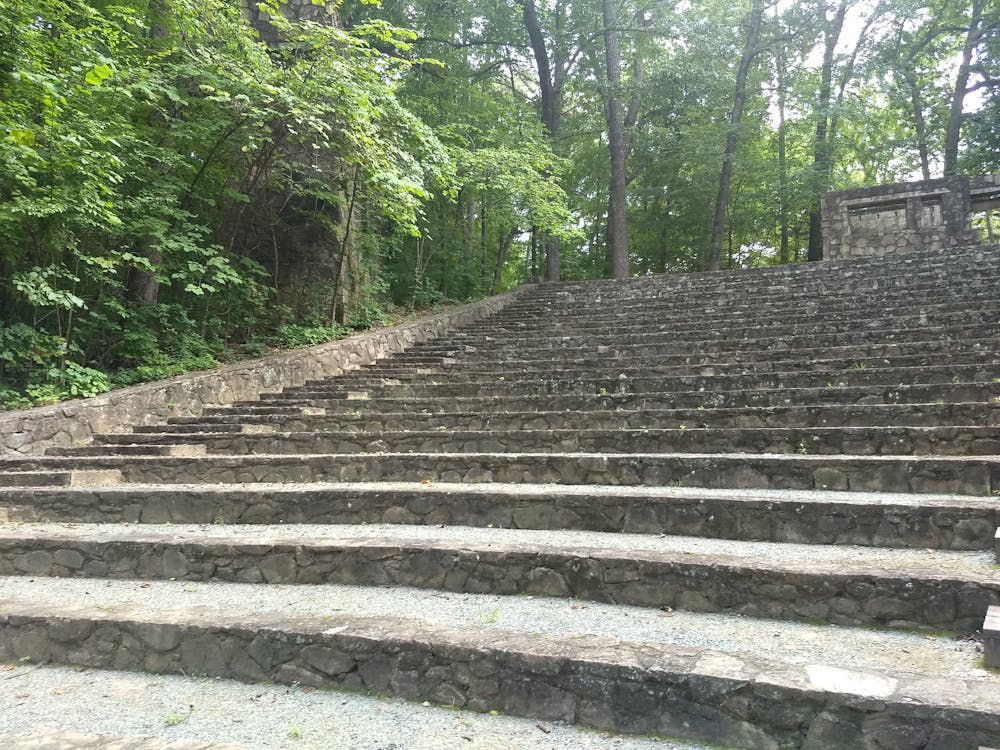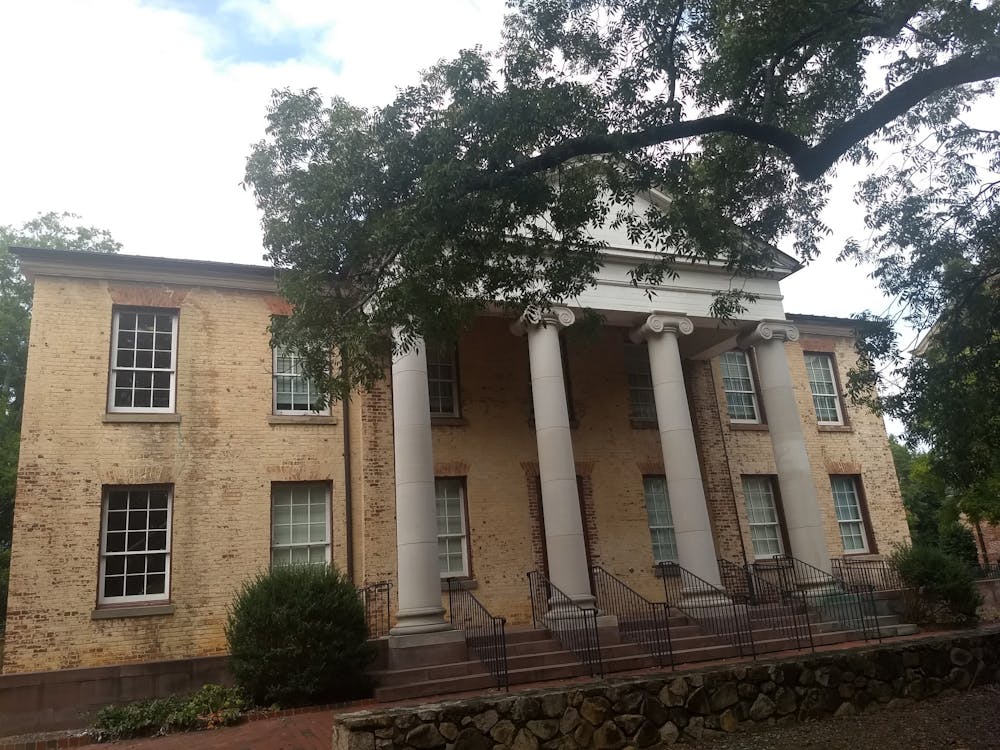When former President Franklin Delano Roosevelt ran for office in 1932, he made sweeping promises to put the nation back on track following the Great Depression. Over the next several years, the federal government would create a wide array of programs to get people working again, ranging from the National Recovery Administration, which incentivized companies to create more jobs, to the Federal Arts Project, a program devised to “provide work relief for artists in various media” across America.
The sheer number of projects completed as part of the New Deal is staggering. The Works Progress Administration, a major public works agency, built 14,119 miles of road, 725 bridges, 268 schools and 536 playgrounds and athletic fields in North Carolina alone. In Chapel Hill, some artifacts remain from this marathon of construction.
United States Post Office
The United States Post Office at 179 E. Franklin St. was completed in 1938 for a grand total of $100,000. The post office replaced an old structure as well as the building that hosted the Chapel Hill Junior Garden Club. The work on the building ended up being so delayed that painters hurried to complete their work the afternoon following its opening.The building continues to serve as a post office, and its basement is now home to the Corner Teen Center and is fronted by the Peace and Justice Plaza.

Inside the post office is another relic from the New Deal, a mural by Dean Cornwell entitled “The Cornerstone Laying of Old East Building.” The mural depicts William R. Davie ready to lay the cornerstone of Old East.
“Tall and robust” Cornwell — as The News & Observer described him — apparently based the mural off of a historical sketch given to him by the university librarian, and went deep into research trying to figure out the precise logistics involved in moving the gigantic cornerstone. Cornwell painted the mural in his New York City studio for four months, then rolled it up and brought it here to Chapel Hill to hang.
Forest Theatre
Originally constructed in 1918, the Forest Theatre in Battle Park also experienced some changes under the New Deal. In 1940, the Works Progress Administration invested $20,000 in building floodlight towers, stone dressing rooms, and a box office, as well as installing stone seating in the theater. The Daily Tar Heel celebrated the changes in a 1940 issue, saying “good-bye to (the) cramped legs and sore elbows” the old log seating arrangement of the theater provided.






